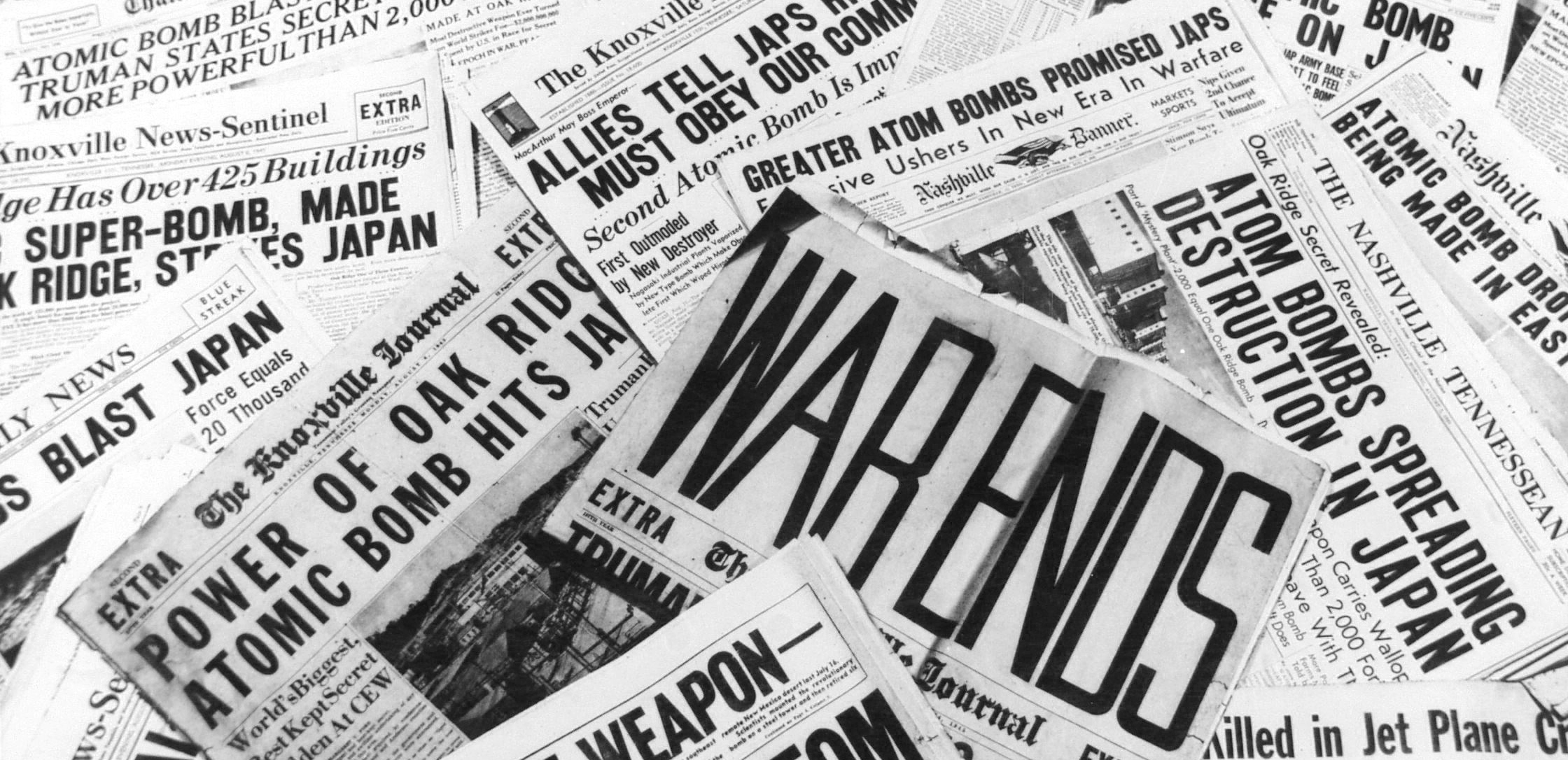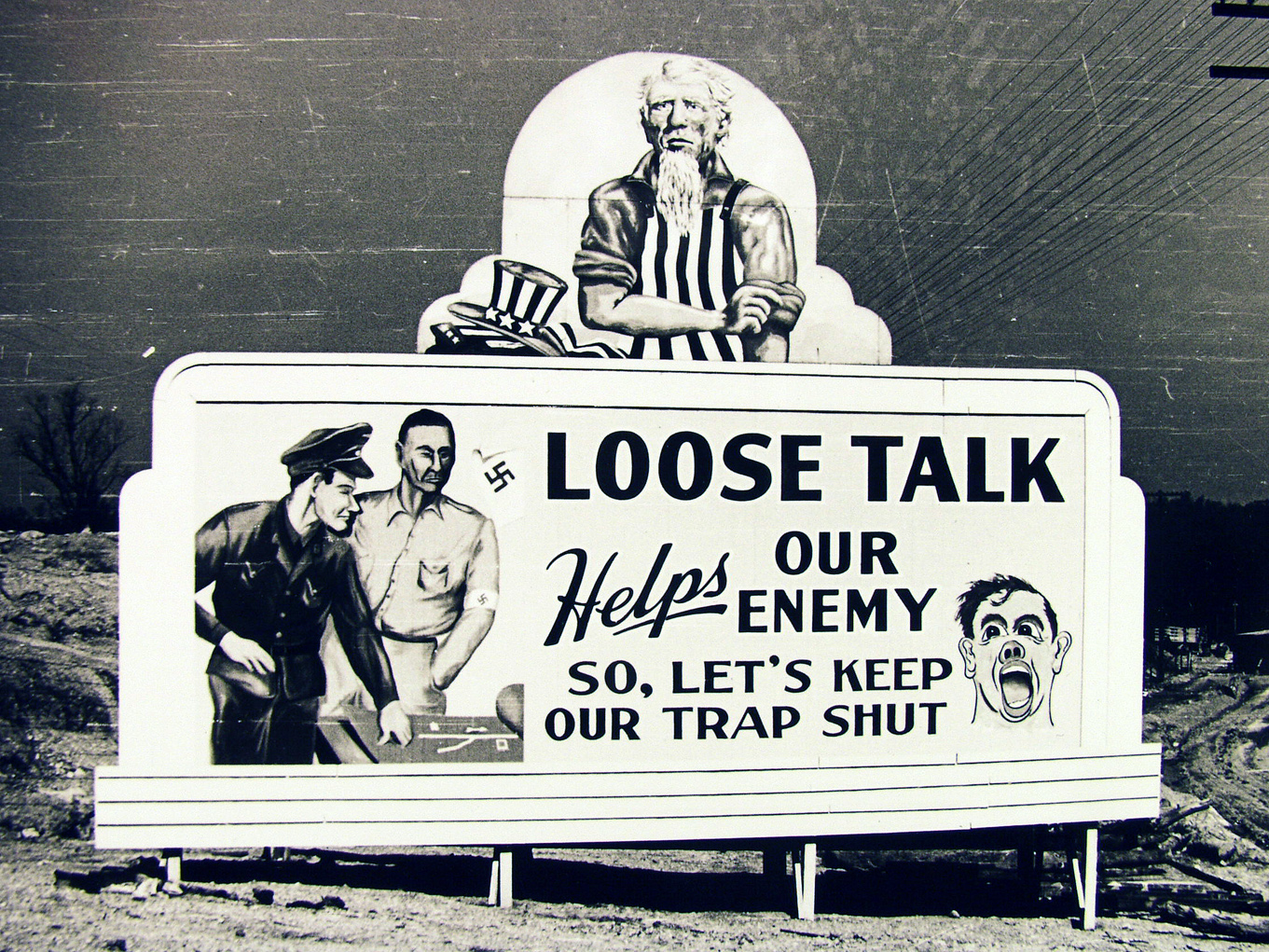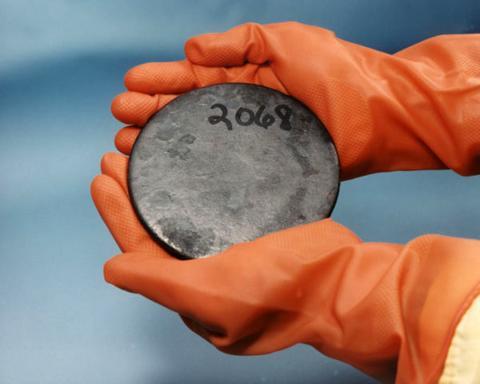 Courtesy/AEC
Courtesy/AEC
AHF News:
In 1944, General Leslie Groves commissioned a history of the Manhattan Project. The Department of Energy has just released the 36-volume, declassified history. There are many interesting stories in the texts, from the science to counterespionage programs. Science blog io9 did a story on the “Manhattan District History,” focusing on the security leaks investigated during the project.
 Courtesy/AEC
Courtesy/AEC
“Since September 1943, investigations were conducted of more than 1,500 ‘loose talk’ or leakage of information cases and corrective action was taken in more than 1,200 violations of procedures for handling classified material…. Complete security of information could be achieved only by following all leaks to their source.”
Some of the leaks were among family members. A young secretary at Oak Ridge wrote her uncle that the war would soon be over when “the product” was finished. She forgot the letter on a bus, where it was discovered and she was fired.
 A billet of uranium, Courtesy/AEC
A billet of uranium, Courtesy/AEC
A religious pamphlet, “Startling Power,” led to several inquiries. The pamphlet read, “Uranium 235, extracted from natural uranium ore, promises to make all of our power sources mere child’s toys by comparison…[But] we must not overlook the far more vital and assured fact that God has given to Christians the gift of the Holy Spirit with energies far more dynamic than those of exploding atoms or mysterious elements.” An engineer and a pastor both got in trouble for asking for more information about U-235 after reading the pamphlet.
Despite the “What you see here, let it stay here” billboards extolling secrecy at Hanford, Los Alamos and Oak Ridge, clearly some workers were anxious to give family and friends an idea of what they were doing. Others were simply careless such as a contractor on the project in New York who left a classified file at the train station.
Fortunately, most of the small slips were innocuous. But the real spies, including Klaus Fuchs, David Greenglass and Ted Hall, went unsuspected. In Hall’s case, the truth about his work as a spy for the Soviet Union was only revealed more than 50 years later. One of the great ironies of the secrecy and intelligence programs of the Manhattan Project is that while 1,500 small fry were caught, the big fish got away.
We have been enjoying the WGN American show “Manhattan,” which aired its fifth episode last Sunday. The show has done an excellent job conveying the tension that infused the wartime project with its scientific rivalries, espionage and counterintelligence operations, and challenges of life in the secret city.
The two groups charged with designing a plutonium-based bomb clash over their theories and who gets access to the micrograms of plutonium available. The group under Reed Akley, including the brilliant young Charlie Isaacs, are working on a fairly straightforward “Thin Man” gun-type method. Frank Winter is desperately leading his team, including white-bearded Glen Babbit, to create a much more complicated implosion-type bomb.
The ever present military police and frequent interrogations of suspected spies has damaged both groups. Wives are upset with their stressed out, secretive husbands and the lack of professional opportunities for them at Los Alamos. Dark pasts are coming back to haunt some of the scientists and further complicate their lives. The show has certainly been dramatic so far! For more information, check out our reviews of Episode 1, Episode 2, Episode 3, Episode 4, and Episode 5.
Atomic Heritage Foundation
The Atomic Heritage Foundation (AHF), founded by Cynthia Kelly in 2002, is a nonprofit organization in Washington, DC, dedicated to the preservation and interpretation of the Manhattan Project and the Atomic Age and its legacy.

